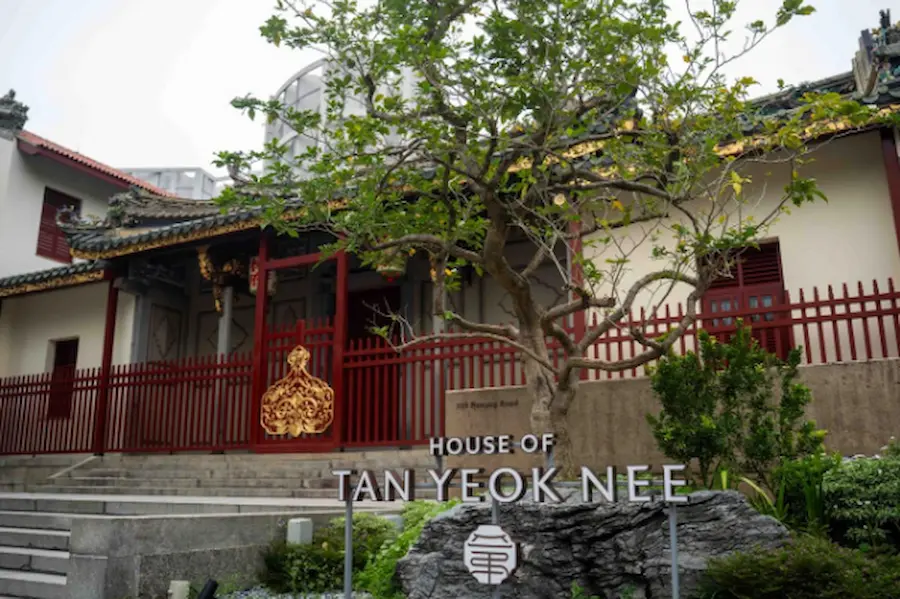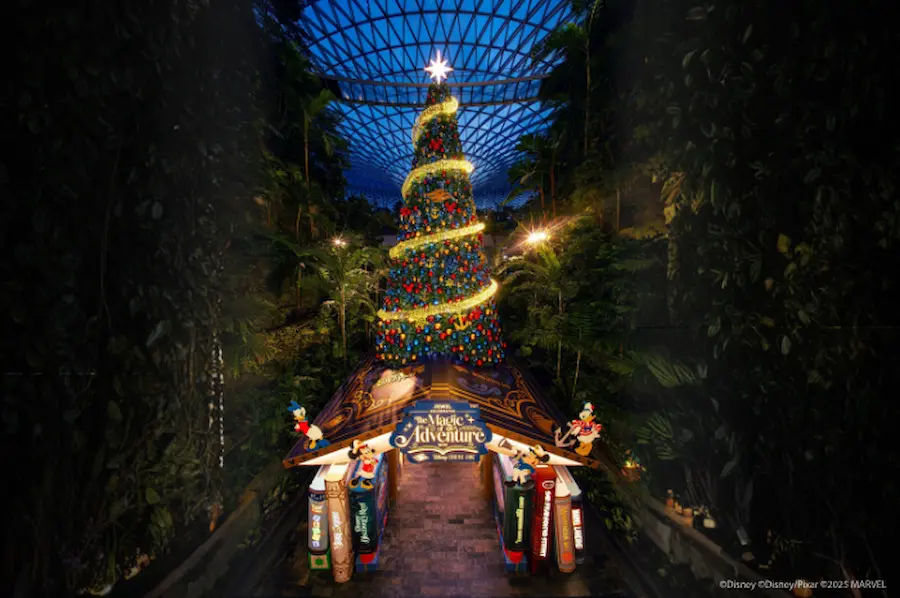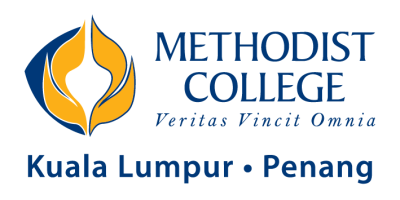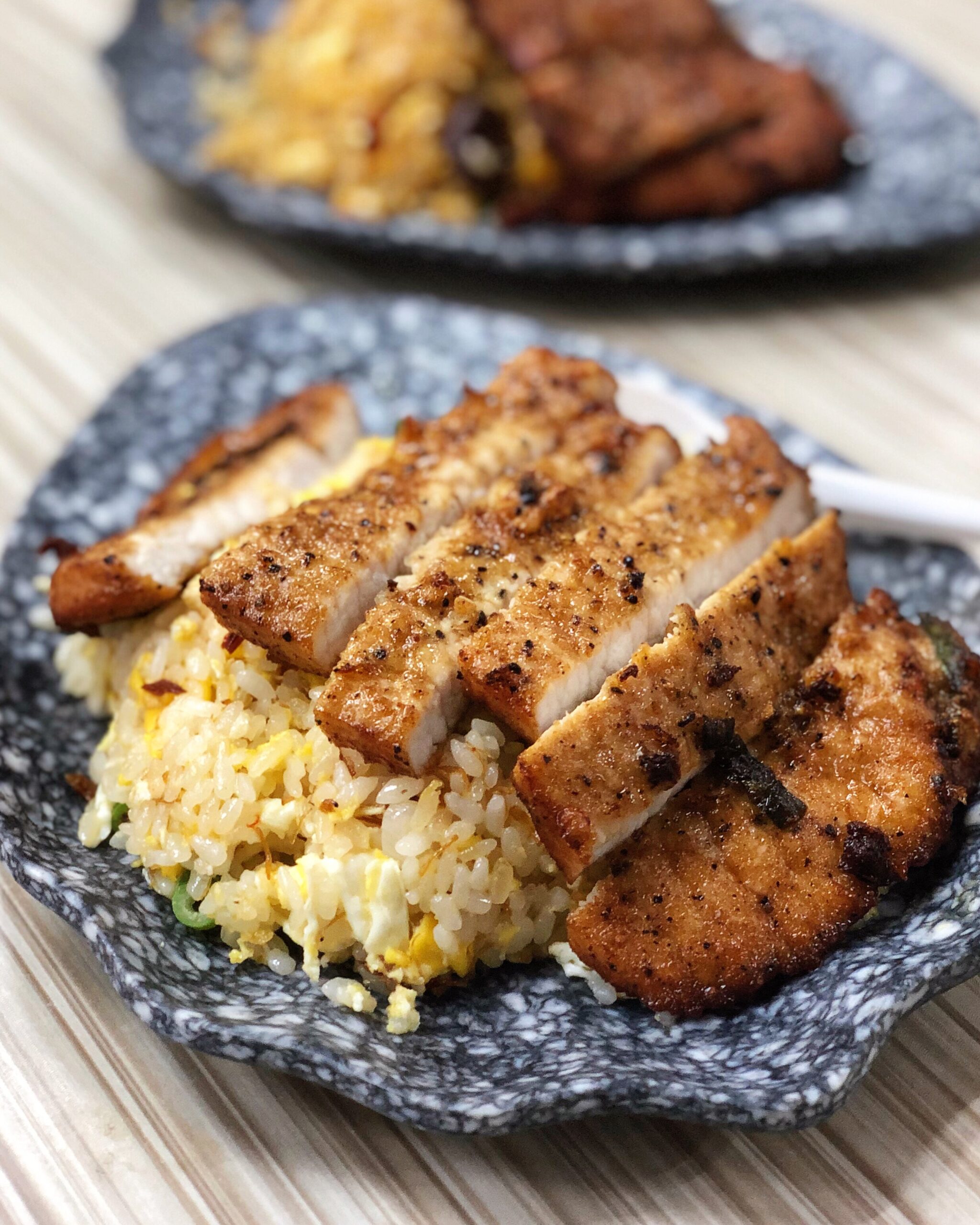Historic House of Tan Yeok Nee public opening in November 2025

Photo Credits: House of Tan Yeok Nee
Singapore’s last remaining traditional Teochew mansion has finally welcomed the public through its ornate gates. The House of Tan Yeok Nee public opening represents a significant milestone in the city-state’s heritage preservation efforts, transforming a 140-year-old national monument into an accessible cultural destination that blends historical authenticity with contemporary experiences.
A Grand Mansion Returns to Life
The House of Tan Yeok Nee, located at 101 Penang Road opposite Istana Park, officially opened its doors to visitors in November 2025 following a meticulous restoration project believed to have cost over $100 million. For the first time since its construction between 1882 and 1885, members of the public can step inside this architectural masterpiece and immerse themselves in Singapore’s rich Teochew heritage.
Built by wealthy Teochew merchant Tan Yeok Nee, who arrived in Singapore during the 1840s as a textile peddler before amassing his fortune through the lucrative pepper, gambier, opium, and spirits trade, the mansion served as his family’s private residence. The double-storey building stands as the sole survivor of Singapore’s Four Grand Mansions—elaborate Chinese-style residences constructed by Teochew tycoons in the late 19th century. The other three mansions, built by Tan Seng Poh, Seah Eu Chin, and Wee Ah Hood, have all been demolished over the decades to make way for modern development.
The property was declared a national monument in 1974, recognising its outstanding architectural and historical significance. Throughout its 140-year history, the mansion has served many purposes: a family home, the residence of the Tank Road Railway Station master from 1902, St Mary’s Home and School for Eurasian girls between 1905 and 1932, the Salvation Army’s Singapore headquarters from 1938 to 1991, and most recently, the campus for educational institutions including the University of Chicago Booth School of Business and Amity Global Institute.
Restoration by the Karim Family Foundation
The Karim Family Foundation, the philanthropic arm of a group of companies owned by Indonesian-Chinese palm oil tycoon Bachtiar Karim, purchased the national monument in March 2022 for an undisclosed sum believed to be between $85 million and $92 million. Led by Cindy Karim, the foundation’s director and Mr Karim’s daughter, the project aimed to authentically restore the building to its original 1880s vision whilst making it accessible to the public.
The restoration commenced in early 2022, with the foundation engaging DP Architects alongside conservation consultant Associate Professor Yeo Kang Shua from the Singapore University of Technology and Design. The project required extraordinary attention to detail and collaboration between multiple parties, including owners, consultants, contractors, and authorities.
In October 2023, key staff from the foundation, accompanied by representatives from DP Architects, travelled to Chaozhou in China’s Guangdong province—Tan Yeok Nee’s ancestral homeland. They arranged for 30 skilled craftsmen, including 20 masters of traditional Teochew architecture, to come to Singapore specifically to work on the restoration. These master craftsmen brought with them centuries-old techniques essential to preserving the mansion’s architectural integrity.
Exquisite Teochew Architecture Preserved
The House of Tan Yeok Nee exemplifies traditional Teochew architectural style, characterised by its almost-straight roof ridges—a defining feature that distinguishes it from other Chinese architectural traditions. The mansion’s roofs are luxuriously ornamented with intricate timber carvings, decorative plaster reliefs, paintings, and even calligraphy, creating a vibrant and elaborate roofscape similar to that found in Yueh Hai Ching Temple, one of Singapore’s oldest Teochew temples.
One of the most remarkable features is the qian ci, also known as jian nian in Hokkien architecture. This special technique involves cutting colourful porcelain pieces into smaller fragments and arranging them to form intricate mosaic patterns and figures on the roof ridges. Among the numerous decorative motifs adorning the roof, horses appear frequently—a deliberate choice as 1882, the year construction began, was the Year of the Horse according to the Chinese zodiac.
The restoration team painstakingly reinstated many original features, including balustrades, entrance gates, and dragonfish-shaped corbels. The restored murals throughout the mansion depict scenes from Chinese folklore alongside key moments from Tan Yeok Nee’s own life. Commissioned woodwork includes carvings of phoenixes and peonies, symbols representing prosperity and auspiciousness respectively.
In the entrance courtyard, visitors can observe koi carp sculptures nestled at the roof junctions. These decorative elements serve a dual purpose—they adorn the premises whilst also functioning as rainwater sprouts, discharging water from their open mouths during rainfall to aid drainage.
The compound features symmetrical halls arranged along a central axis, with the main hall showcasing elaborate sculptures and carvings on its exposed roof trusses. Smaller side courtyards flank the main hall, leading to various rooms and spaces throughout the property.
Immersive Heritage Gallery and Artist-in-Residence
The House of Tan Yeok Nee public opening includes access to an immersive heritage gallery that utilises multimedia displays and artefacts to showcase the mansion’s architecture, craftsmanship, and conservation journey. Visitors can learn about the building’s rich history, the various occupants who have called it home over 14 decades, and the extensive restoration process that brought it back to its former glory.
The gallery’s inaugural Artist-in-Residence programme features Singaporean artist Tan Ngiap Heng, the great-great-grandson of Tan Yeok Nee himself. At 59 years old, Mr Tan presents two photography-based series exploring themes of ancestry and identity, creating a deeply personal connection between the mansion’s past and present.
Reflecting on the restoration, Tan Ngiap Heng shared his appreciation for the foundation’s work, noting that descendants of Tan Yeok Nee can now visit the mansion at any time alongside the general public. Previously, his family had to seek permission from the building’s occupants to enter their ancestor’s former home.
Loca Niru: Contemporary Dining in a Historic Setting
Complementing the heritage gallery is Loca Niru, a 36-seat fine-dining restaurant occupying the mansion’s second level. The establishment is helmed by Japanese Chef Shusuke Kubota, also known as Chef Shu, who previously served as executive chef at the acclaimed Omakase at Stevens. The 36-year-old chef from Nagano, Japan, brings his expertise in Japanese cuisine and French culinary training to create a unique dining experience.
The restaurant’s interior design reflects Japanese minimalist aesthetics, featuring light wood furnishings, neutral tones, and natural elements that complement the historic architecture. At the centre of the dining space sits a theatre-style chef’s table where guests can watch the culinary team craft each dish with meticulous precision.
Loca Niru offers an eight-course tasting menu priced at $298 per person, following traditional Japanese kaiseki principles whilst incorporating contemporary French techniques and familiar Southeast Asian flavours and ingredients. The menu features local elements such as buah keluak, Nyonya curry spices, frog meat, kedondong, gula melaka, and calamansi, creating a distinctive fusion that honours both the mansion’s heritage and Singapore’s multicultural culinary landscape.
Signature dishes include the Hassun—a trio of bite-sized starters featuring Hokkaido Sweet Prawn Tartare, Sturgeon Pie Tee, and Frog Roll wrapped in crispy kadaif pastry. The Maguro course presents slices of Chutoro tuna balanced with smoked tofu cream and calamansi vinegar. The Awabi features silky chawanmushi made with a vegetable-based consommé rather than seafood stock, combined with seasonal mushrooms and Wando abalone.
The Oyasai presents a stuffed vegetable dumpling in a milky kombu-infused broth with fermented cabbage, whilst the Isaki fish course is accompanied by the restaurant’s signature buah keluak bread, perfect for mopping up the spicy Nyonya beurre blanc sauce. The Wagyu course features pan-seared beef glazed with sugar cane juice, creating a caramel-like crust.
Desserts include the Muscat Kedondong, a refreshing palate cleanser topped with Yamanashi shine muscat grape slices, and the Chocolate Nutmeg, featuring subtle spice notes, gula melaka sabayon, and cookie crumbles. The meal concludes with Ochagashi—petit fours resembling miniature Swiss rolls and Lapsang Souchong cream puffs.
Guests can enhance their dining experience with optional sake or wine pairings featuring six glasses for $188 per person, or order beverages by the glass at $32 each. The restaurant operates Tuesday through Saturday from 6pm to 11pm, and diners receive exclusive access to explore the heritage gallery spaces.
Grand Opening Celebrations and Public Access
The House of Tan Yeok Nee public opening featured a special celebration weekend on 1st and 2nd November 2025, welcoming visitors from 10am to 7pm with free admission. The homecoming event included a photography exhibition presented by the Teochew Sim Clan, offering glimpses into ancestral lives and documenting the Huamei ancestral village where many Teochews trace their roots.
A Teochew Food Festival showcased traditional delicacies alongside contemporary interpretations, featuring Chef Ivan Yeo’s braised specialities, modern desserts by Ah Ma’s Legacy, traditional kuehs from Yoon’s Traditional Kuehs, and tea from LimCha’s Teahouse Cafe. The gallery also hosted guided tours and demonstrations of Tan Ngiap Heng’s chlorophyll printing—an art form that uses sunlight to create prints on leaves.
Minister for Law and Second Minister for Home Affairs Edwin Tong attended the official opening ceremony on 30th October 2025, highlighting the restoration as a model for heritage preservation. He emphasised that heritage should not remain as static monuments admired from afar, but should become living spaces where culture comes alive, creativity takes new forms, and community is brought back to historic settings.
A Multi-Functional Heritage Hub
Beyond the heritage gallery and restaurant, the restored House of Tan Yeok Nee serves multiple functions as a lifestyle and cultural destination. Parts of the mansion have been converted into offices for the Karim group of companies, whilst other areas are designated as event venues suitable for corporate gatherings, recitals, exhibitions, and even weddings. The double-storey building sits on a freehold site spanning 26,321 square feet, encompassing a central residence with two courtyards and peripheral spaces.
The House of Tan Yeok Nee public opening represents more than just the unveiling of a restored building—it symbolises Singapore’s commitment to preserving its multicultural heritage whilst adapting historic structures for contemporary use. The project demonstrates how philanthropic partnerships can engage future generations with history, creating spaces where the past and present coexist harmoniously.
By transforming this architectural gem into an accessible destination that combines education, culture, and fine dining, the Karim Family Foundation has ensured that Tan Yeok Nee’s legacy continues to inspire and educate visitors for generations to come. The mansion now stands as a testament to the contributions of early Chinese immigrants to Singapore, the skilled craftsmanship of Teochew architecture, and the enduring value of preserving cultural heritage in a rapidly modernising city.

Hong Kong hiring confidence returns in 2026 driven by IPO recovery

Invitation To MCKL Open Day – Every Student’s Degree Pathway Begins Here

Taiwan CareTech Alliance Targets Japan’s Silver Market with Smart Elderly Care Solutions

Historic House of Tan Yeok Nee public opening in November 2025

Free Canopy Park Entry at Jewel Changi Airport: How to Redeem

Hangyodon Experience at Singapore Oceanarium in 2025

Mofusand at CapitaLand Malls: Christmas Paws Come to Singapore

Hong Kong hiring confidence returns in 2026 driven by IPO recovery

Invitation To MCKL Open Day – Every Student’s Degree Pathway Begins Here

Taiwan CareTech Alliance Targets Japan’s Silver Market with Smart Elderly Care Solutions







